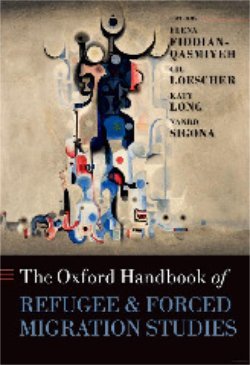By The International Detention Coalition
The arbitrary and indefinite immigration detention of Rohingya is harmful to refugees and their families. As Rohingya flee ongoing persecution in Myanmar and deteriorating security conditions in camps in Bangladesh, punitive immigration detention has not and will not deter them from coming to Malaysia for safety. Immigration detention is expensive, harmful and must be reformed.
A new joint report from the Protecting Rohingya Refugees in Asia (PRRiA) project demonstrates the far-reaching impact and trauma inflicted upon Rohingya refugees because of immigration detention. Rohingya in detention experience physical and psychological abuse that can compound pre-existing trauma. For detained children especially, the impact has long-term effects on their well-being.
The report also speaks to the incompatibility of detention practices with Malaysia’s desire to offer a protection-centred environment for persons in need.
International Detention Coalition, 2023. 32p,





















